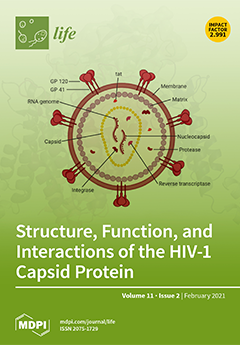Global warming significantly impacts forest range areas by increasing soil acidification or aluminum toxicity. Aluminum (Al) toxicity retards plant growth by inhibiting the root development process, hindering water uptake, and limiting the bioavailability of other essential micronutrients.
Pinus massoniana (masson pine), globally recognized
[...] Read more.
Global warming significantly impacts forest range areas by increasing soil acidification or aluminum toxicity. Aluminum (Al) toxicity retards plant growth by inhibiting the root development process, hindering water uptake, and limiting the bioavailability of other essential micronutrients.
Pinus massoniana (masson pine), globally recognized as a reforestation plant, is resistant to stress conditions including biotic and abiotic stresses. This resistance is linked to the symbiotic relationship with diverse ectomycorrhizal fungal species. In the present study, we investigated the genetic regulators as expressed proteins, conferring a symbiotic relationship between Al-stress resistance and
Suillus luteus in masson pine. Multi-treatment trials resulted in the identification of 12 core Al-stress responsive proteins conserved between Al stress conditions with or without
S. luteus inoculation. These proteins are involved in chaperonin CPN60-2, protein refolding and ATP-binding, Cu-Zn-superoxide dismutase precursor, oxidation-reduction process, and metal ion binding, phosphoglycerate kinase 1, glycolytic process, and metabolic process. Furthermore, 198 Al responsive proteins were identified specifically under
S. luteus-inoculation and are involved in gene regulation, metabolic process, oxidation-reduction process, hydrolase activity, and peptide activity. Chlorophyll a-b binding protein, endoglucanase, putative spermidine synthase, NADH dehydrogenase, and glutathione-S-transferase were found with a significant positive expression under a combined Al and
S. luteus treatment, further supported by the up-regulation of their corresponding genes. This study provides a theoretical foundation for exploiting the regulatory role of ectomycorrhizal inoculation and associated genetic changes in resistance against Al stress in masson pine.
Full article






